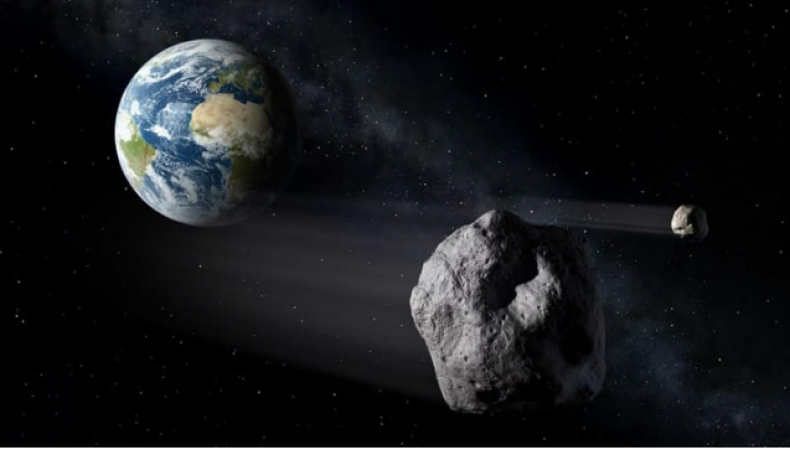
USA: A truck-sized asteroid which was quite close on January 26 passed by our planet without causing any damage. The asteroid, 2023 BU, was not expected to fly past Earth until a few days before the encounter.
Our inability to identify a potentially dangerous space object points to a blind spot in our ability to distinguish asteroids, which could be catastrophic.
Asteroid 2023 BU, which recently passed 3,500 km above the southern tip of South America, was discovered on 21 January. If the space rock had made it to Earth, only small fragments could have made it to the ground, where it would have been burned up by the atmosphere. One wonders where we stand in terms of asteroid strike defense after an unexpected flyby of an asteroid.
Also Read: Awesome deal! Flipkart offers a Rs. 15,000 discount on the Pixel 6a
NASA has been focused for years on finding asteroids that are much larger and potentially more dangerous than 2023 BU. 2023 BU belongs to the lower end of the asteroid group, which includes space rocks as large as an Olympic swimming pool and between 5 and 50 meters in width. Worryingly, objects the size of 2023 BU are difficult to detect until they pass close to Earth.
The odds of hitting a space rock in the 5- to 50-meter size range, which is called a "meteor" once it enters Earth's atmosphere, are fairly low.
Also Read: New information about the ringed asteroid Chariklo from NASA's Webb
According to NASA, a 5 meter rock will hit the Earth every year and a 50 meter rock will do so every thousand years. However, astronomers may not detect such small but potentially dangerous rocks using current technology until a few days ago.
Planetary scientist Terrick Daly said, 'We don't know where most of the asteroids causing local to regional devastation are. "How many natural disasters could really be addressed and avoided for a billion dollars? Not many."
The $1.2 billion telescope currently being built, the NEO Surveyor, will be a significant improvement in NASA's detection methods. 90% of asteroids that are 460 feet in diameter or larger and are within 48 million kilometers of Earth's orbit will be surveyed by the mission.
When compared to current ground-based telescopes, which are hampered by daylight and Earth's atmosphere, the telescope has several advantages.
Also Read: The MusicLM AI from Google can produce music using only text descriptions
NASA's DART mission, the first ever attempt at planetary defense, was successful last year. The 520-foot-tall asteroid Dimorphos was the target of a collision with the DART spacecraft, which permanently changed the asteroid's orbit.
Especially now that we know from DART that we can divert risky asteroids if necessary, NEO Surveyor may be essential in identifying asteroids in time.